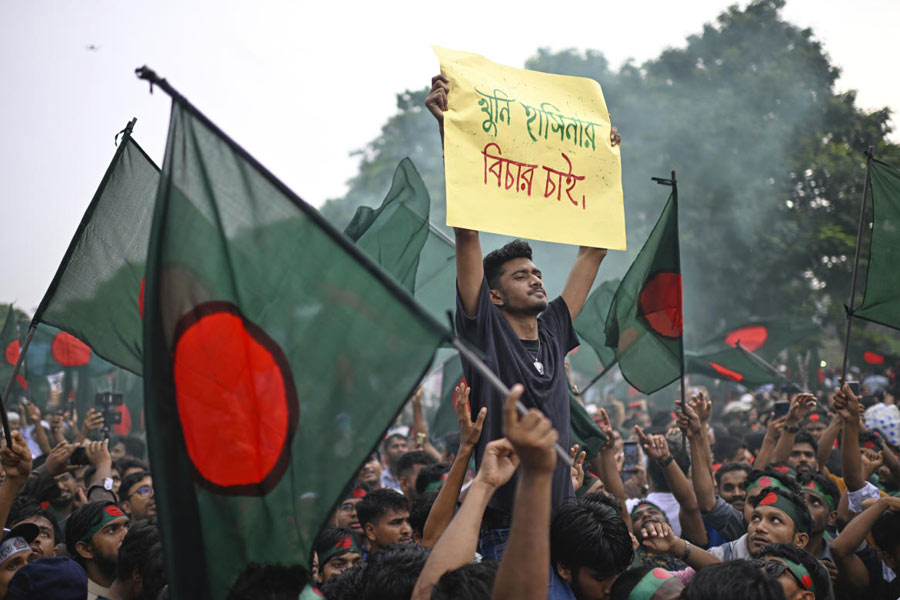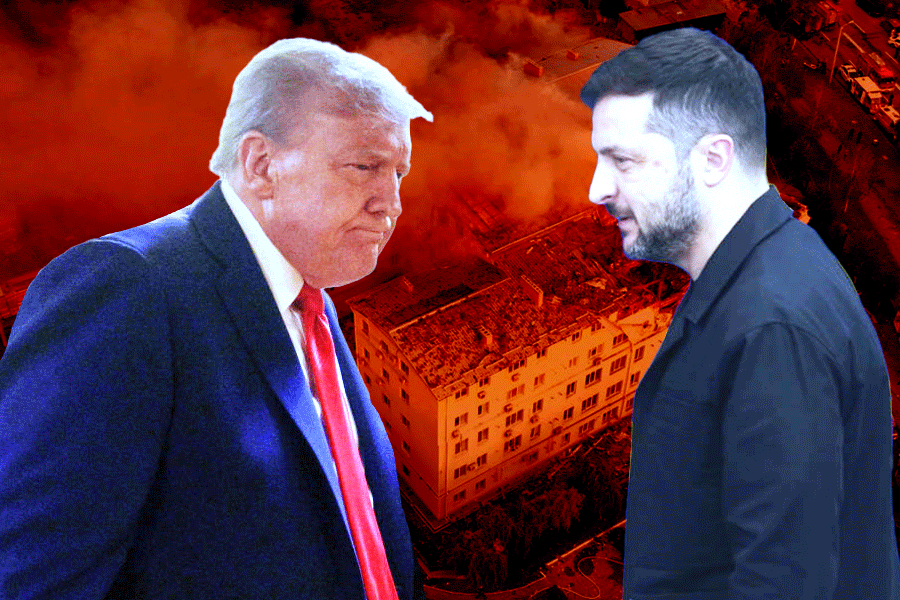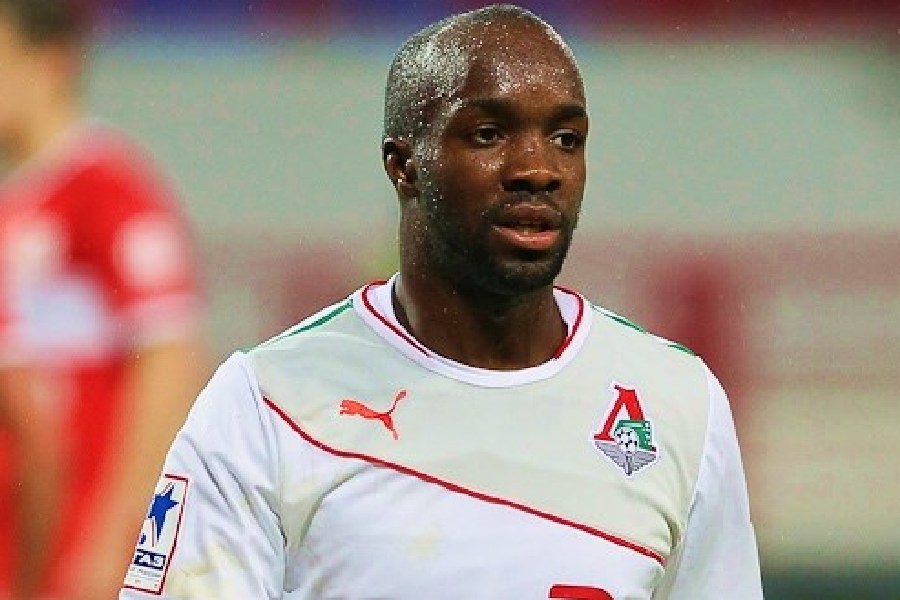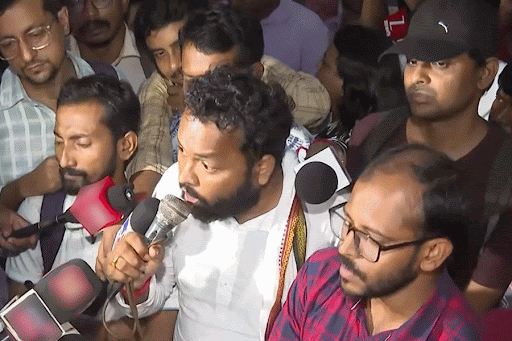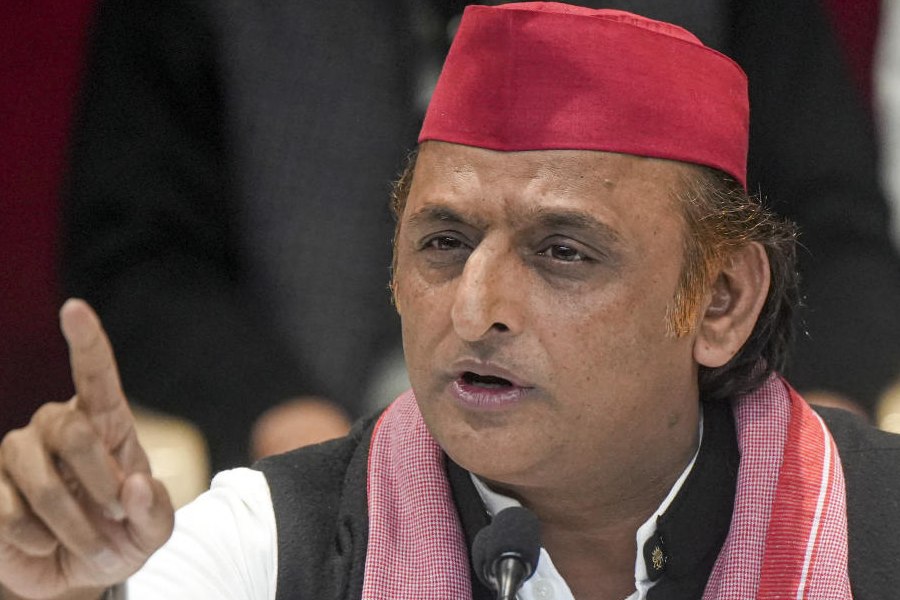 |
| Kathak and Contemporary dance exponent Hrishikesh Pawar is using dance movement therapy with Parkinson’s Disease patients in Pune |
Till eight months ago, 62-year-old Vilas Joshi, who suffers from Parkinson’s Disease (PD), could barely control the quivering on his left side. Small movements were difficult and he’d stopped driving his scooter too. Now, he’s not only racing around Pune on his scooter but he’s just got a licence to drive a car too.
“Earlier, people could tell from one look that I had Parkinson’s but now they can’t guess till I tell them,” he says. Joshi attributes the change to the dance movement therapy (DMT) he’s been doing with Hrishikesh Pawar. A Kathak and Contemporary dance exponent, Pawar introduced the famous Mark Morris Dance Group’s ‘Dance for PD’ programme at the Sancheti Institute for Orthopaedics in Pune last year.
Meanwhile, in Mumbai, dance movement therapist Dilshad Patel is interpreting the moves of restrictive lung condition patients at Breach Candy Hospital. Her DMT session’s part of a research project that she launched on April 1. She’s using physical exercises and psychological tools to improve the patients’ well-being.
 |
| Sohini Chakraborty (in white, centre) is promoting DMT through workshops such as these Pix: Gajanan Dudhalkar |
Sujata Wagle, who’s the deputy chief physiotherapist at Breach Candy Hospital, also suffers from the ailment. Wagle was “very sceptical” initially, but after five sessions, she’s become a convert. “As a physiotherapist I can’t help analysing each step. But I’ve seen how by changing the way you move, you can change how your brain moves. My energy level has increased dramatically,” she says.
We all know that we can stomp away that stress or get a high on the dance floor. But there’s more to it than that as a small group of trained dance movement therapists are working hard to prove. They’re introducing people to the discipline that’s DMT and to its benefits too. Patel and Pawar are using DMT with Parkinson’s and heart patients and even street children. In Delhi, dancer Tripura Kashyap, one of the earliest DMT proponents in India, has got school teachers to incorporate it in the classroom. And in Calcutta, Sohini Chakraborty is rehabilitating victims of violence through DMT besides training movement therapists.
What is DMT? It’s a “psycho-therapeutic” method that uses dance movements “to improve mental and physical well-being,” explains Patel. “The state of the body affects mental and emotional health and vice versa. Dance therapists use this mind-body connectivity to improve their clients’ well-being,” says Patel. Don’t expect the practitioners to teach choreographed dances though. Rather, the movement therapist interprets a person’s individual movement pattern. The premise is that a change in gesture or posture can trigger a change in the mental and physical state.
 |
| Dilshad Patel is using DMT in hospitals and also with street children in Mumbai Pix: Gajanan Dudhalkar |
At Pawar’s class, the six Parkinson’s students start with warm-up exercises before doing simple moves like walking across a diagonal to a beat. Parkinson’s patients suffer from trembling and freezing, which affects everyday tasks. “Our brain codes whatever movements we’ve learnt but in PD patients these codes are affected,” says leading neurologist Rajas Deshpande, who’s monitoring their progress. So when participants walk to a rhythm, a new code is created. “These are two different actions for the brain. If you change the code, the outcome improves dramatically,” says Deshpande. So their movement fluidity has increased and medicine dosages reduced. DMT’s “not a cure” though, asserts Pawar. “The idea is to improve their life,” he says.
Pawar first learnt about ‘Dance for PD’ and DMT while studying Contemporary dance at the famed Palucca Schule in Dresden, Germany. He wanted to replicate it after returning in 2007 but only got a chance last year. Now, he’s eager to spread it to other cities.
Meanwhile, Patel’s hoping that her restrictive lung project will lead to DMT being incorporated “as an ongoing therapy” in hospitals around India. The Bharat Natyam dancer trained as a dance movement therapist at the prestigious Harkness Dance Centre in Manhattan. Since returning in 2008, she’s been conducting DMT sessions with prison inmates to street children. More recently, she used DMT at the Asian Heart Institute and now, there’s the Breach Candy Hospital project.
The movement therapists say that awareness about DMT is growing but slowly. One reason is the lack of trained therapists. That’s why Kashyap and Chakraborty are focusing on this. Kashyap, who’s with Bhoomika Dance Centre in Delhi, began practising DMT in 1990 after training at the Hancock Center in Wisconsin in the US. Through the 1990s, she worked with the mentally challenged to the blind in Bangalore.
 |
| Tripura Kashyap’s creative dance therapy workshops are a hit with teachers and special educators Pix: Rupinder Sharma |
More recently, she’s been conducting creative dance therapy workshops. Kashyap’s keen to “disprove” that DMT is “only for people with disabilities”. “I want to show what movement therapy can do for normal functioning adults,” she says. For instance, DMT helps improve mind-body coordination and memory. So she’s got teachers to use movement therapy in the classroom .
Meanwhile, Calcutta-based sociologist and dancer Chakraborty has launched a diploma course in DMT at her Kolkata Sanved organisation. She’s using DMT with victims of violence and trafficking since the 1990s. Kolkata Sanved even has 11 movement therapists who’re all survivors of violence.“Dance can be a very powerful tool among victims of violence in dealing with issues of mind and body,” says Chakraborty. She’s also promoting DMT through Sanved’s partnerships with over 30 NGOs. So last month, she was introducing clinical psychologists and special educators in Mumbai to DMT. And she’s even taken it to Nepal and Bangladesh. “We want to be a centre of excellence for DMT in South Asia,” she says. Clearly, the movement therapists are working hard to ensure that the beat picks up.





